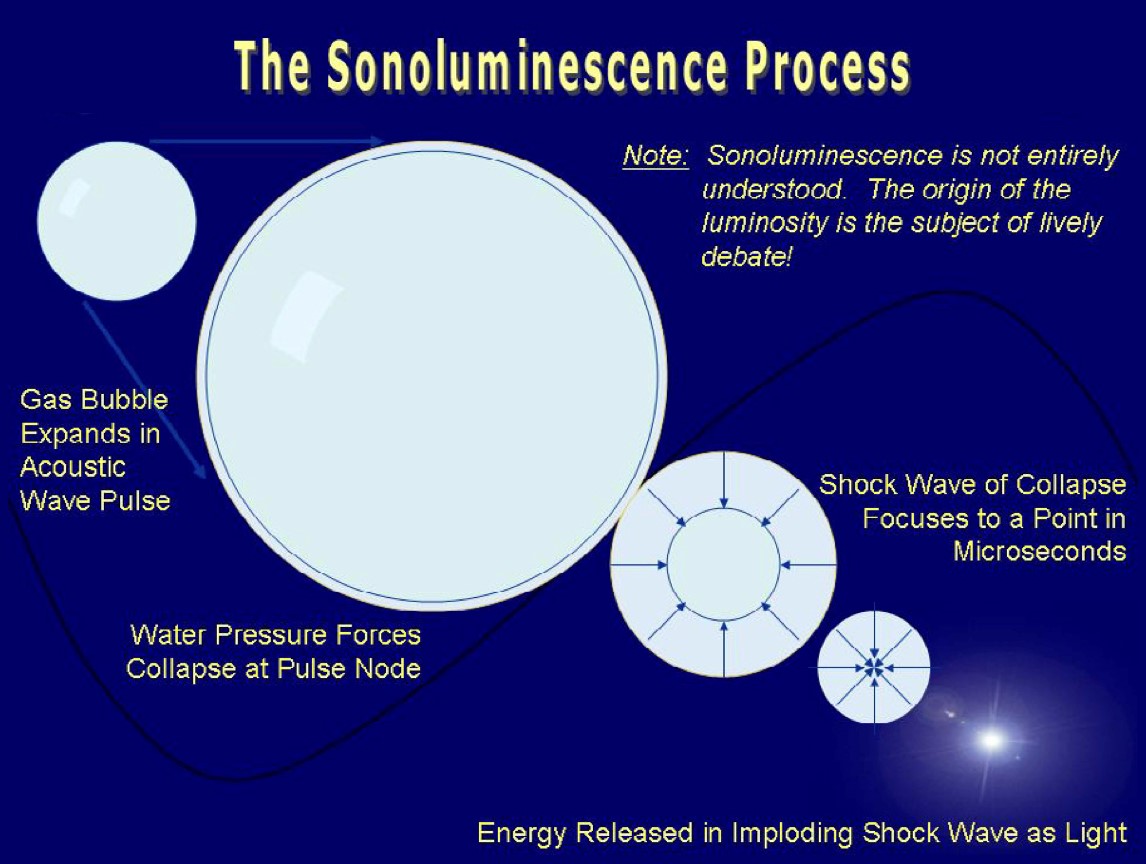New Sensor for Parkinson’s Disease
Recently, the scientists have developed a portable smartphone-based fluorescence turn-on sensor system that can assist in managing Parkinson's disease.
Parkinson Disease
- Parkinson- It is a brain condition that causes problems with movement, mental health, sleep, pain and other health issues.
- Symptoms- Includes tremors, slowed movement (bradykinesia), painful muscle contractions, impaired posture and balance, loss of automatic movements and difficulty in speaking.
- Many people with PD also develop dementia.
- Vulnerables - The disease usually occurs in older people, but younger people can also be affected. Men are affected more often than women.
- Causes - The cause of PD is unknown but people with a family history of the disease have a higher risk. Exposure to air pollution, pesticides and solvents may increase risk.
- Treatment - There is no cure, but therapies such as Deep brain stimulation and medicines can reduce symptoms.
Deep brain stimulation is a treatment that involves an implanted device that delivers an electrical current directly to areas of your brain which can improve how well those parts work.
- Medication - Levodopa/carbidopa, a combination medicine that increases the amount of dopamine in the brain, is the most common medication.
- Parkinson’s disease is characterized by a continuous decrease in neuron cells, leading to reduced dopamine levels.
Fluorescence turn-on sensor system
- L-dopa detection sensor- It is a portable, user-friendly sensor system to assist in managing Parkinson's disease by detecting the concentration of L-dopa in the body.
- L-3,4-Dihydroxyphenylalanine (L-DOPA), a precursor to dopamine, compensates for this deficiency and is critical in the treatment of Parkinson's disease.
- L-DOPA, traditionally seen as an inert amino acid effective against Parkinson's disease through conversion to dopamine, is now proposed to be a neurotransmitter itself.
- Need for precise dosage- Proper L-dopa levels are crucial, as too much can cause serious side effects (e.g., dyskinesia, psychosis), while too little can lead to the return of Parkinson's symptoms.
- The sensor system helps in determining the precise L-dopa dosage required, making the disease manageable.
- Features of the sensor system
- It is developed by the Institute of Advanced Study in Science and Technology (IASST), an autonomous institute under the Department of Science and Technology.
- It utilizes a fluorescence turn-on mechanism to instantly detect low levels of L-dopa in biological samples such as blood plasma, sweat, and urine.
- The sensor is made by coating a silk-fibroin protein nano-layer onto reduced graphene oxide nanoparticles, forming quantum dots with strong photoluminescence properties.
- Visual color changes in the sensor during detection are captured by a smartphone camera, and L-dopa concentration is evaluated using a mobile app.
References
- PIB | New sensor for Parkinson’s Disease
- WHO | Parkinson Disease
Sonoluminescence
Sonoluminescence recently seen in the news for research into its mysterious light emission and extreme temperatures, highlighting potential scientific applications.
- Sonoluminescence- It is the emission of light from imploding bubbles in a liquid when excited by sound waves.
- A small gas bubble in a liquid collapse rapidly under the influence of intense sound waves, producing a flash of light.
- The light emitted is usually a short flash, and the duration of the flash depends on several factors, including
- The sound-field frequency,
- The sound pressure amplitude,
- The size of the bubble,
- The type of liquid, and
- The gas inside the bubble.

- Discovery and history- Identified in 1934 at the University of Cologne by two German engineers studying sonar technology.
- They initially noticed that powerful sound waves caused trapped gas bubbles in a liquid to emit light during rapid collapse.
- Types-
- Single-Bubble Sonoluminescence (SBSL) - Involves a single gas bubble emitting light repeatedly when driven by a consistent acoustic field.
- Multi-Bubble Sonoluminescence (MBSL) - Occurs when numerous bubbles collapse simultaneously, producing a diffuse light emission.
- Mechanism - Bubble dynamics- Sound waves create alternating high and low-pressure phases, causing bubbles to expand and collapse rapidly.
- During collapse, bubbles undergo extreme compression leading to significant temperature rise.
- Temperature and energy- Temperatures inside collapsing bubbles can reach up to 11,700°C.
- Light emission- The extreme conditions cause gases within the bubble to ionize, emitting light in about a trillionth of a second.
Theories explaining Sonoluminescence
- Hotspot theory- Attributes light emission to extremely high temperatures achieved during bubble collapse.
- Bremsstrahlung radiation- Suggests that decelerating electrons emit radiation due to interactions within the hot plasma.
- Argon rectification hypothesis- Proposes that rectified diffusion of noble gases like argon contributes to light emission.
- Pistol shrimp (Family Alpheidae)
- Possess a specialized claw that snaps shut rapidly, creating a high-speed jet of water.
- The resulting low-pressure bubble collapses, producing a loud sound, intense heat, and a brief flash of light through sonoluminescence.
- Notable as the first known instance of an animal utilizing sonoluminescence.
- Potential application- Some researchers have speculated that extreme conditions during sonoluminescence could facilitate thermonuclear fusion.
References
- The Hindu | Sonoluminescence
- NASA | Sonoluminescence
GREAT scheme
The 8th Empowered Programme Committee (EPC), Ministry of Textiles meeting held recently approved GREAT’ scheme.
- GREAT - ‘Grant for Research & Entrepreneurship across Aspiring Innovators in Technical Textiles (GREAT)’ scheme.
- Aim- To foster entrepreneurship and innovation in the space of technical textiles.
- Scheme- GREAT scheme is a part of National Technical Textiles Mission (NTTM).
The National Technical Textiles Mission (NTTM) is an initiative launched to promote and enhance the production, usage, and export of technical textiles in the country.
- Nodal ministry- Ministry of Textiles.
- Funding- Grant-in-aid of upto 50 Lakhs for a period of upto 18 months will be given under this scheme.
- It provides an additional 10% funding to incubators supporting these startups.
- Incubators - IITs, NITs, Textiles Research Associations, and Centres of Excellence.
- Eligibility
- Startups - Early-stage startups in the technical textiles sector.
- Researchers - Individual researchers and research groups from recognized institutions.
- Entrepreneurs - Aspiring entrepreneurs with innovative ideas in technical textiles.
- Supporting areas - GREAT supports innovations under application areas in all segments of Technical Textiles.
|
Technical textiles
|
- Technical textiles are a specialized category of textiles designed primarily for their technical performance and functional properties rather than aesthetic or decorative purposes.
- Technical textiles are used individually or as a component/part of another product.
- They are also used as accessories in processes to manufacture other products like filter fabric in food industry or paper maker felt in paper mills.
- Segments - Agro-textiles, Building-textiles, Cloth-textiles, Geotextiles, Home-textiles, Industrial-textiles, Medical-textiles, Mobile-textiles, Oeko-textiles, Packaging- textiles, Protective-textiles, Sports-textiles, etc.
- Monitored by - Steering Committee for Growth and Development of Technical Textiles (SCGDTT).
- Other schemes -Scheme for Growth and Development of Technical Textiles (SGDTT), Technology Upgradation Fund Scheme (TUFS).
- Technical textile status in India - India’s technical textiles market is the 5th largest globally, expanding at a CAGR of 8-10% over the past 5 years.
- In 2021-22, the market size reached US$ 21.95 billion, with US$ 19.49 billion in domestic production and US$ 2.46 billion in imports.
- The Indian technical textile industry is estimated to reach a market size of $309 Bn by 2047.
|
Reference
PIB | GREAT scheme
Machine learning in Tibetan Plateau crustal movement
Recently, scientists have used Machine learning technology to predict crustal movements in Tibetan Plateau.
- Study conducted by - Wadia Institute of Himalayan Geology, Dehradun.
Wadia Institute of Himalayan Geology is an autonomous Natural Resources research institute for the study of Geology of the Himalaya under the Department of Science and Technology, Ministry of Science and Technology, Government of India.
- Global Positioning System (GPS) and Machine Learning technologies were used to model the crustal deformations over the Tibetan Plateau and forecast velocity vectors of such movements.
- CORS - A dense network of Continuously Operating Reference Station (CORS) is employed to monitor crustal deformation continuously.
CORS (National Survey Network) is a repositioning infrastructure operated by the Survey of India which was launched in 2023. It can provide Precise Location based service with centimetre level accuracy in real-time.
- Campaign-mode GPS surveys are often used to densify the existing CORS network.
- The scientists analysed data from 1,271 permanent continuous and campaign-mode GPS stations located on the Tibetan plateau and its surrounding areas.
- Machine learning techniques such as support vector machines, decision trees, and Gaussian process regression were used to accurately model crustal movement.
- The ML algorithm demonstrates a remarkable achievement in the field of geodetic studies in a cost-effective manner.
Geodesy is the science of accurately measuring and understanding the Earth's geometric shape, orientation in space, and gravity field.
- Geodetic velocities predicted using machine learning are extremely precise.
|
Machine learning (ML)
|
- It is a branch of artificial intelligence (AI) and computer science that focuses on the using data and algorithms to enable AI to imitate the way that humans learn, gradually improving its accuracy.
- Working of ML – A Machine Learning model consists of three major functions.
- A Decision Process - In general, machine learning algorithms are used to make a prediction or classification.
- Based on some input data, which can be labelled or unlabelled, your algorithm will produce an estimate about a pattern in the data.
- An Error Function - An error function evaluates the prediction of the model.
- If there are known examples, an error function can make a comparison to assess the accuracy of the model.
- A Model Optimization Process - If the model can fit better to the data points in the training set, then weights are adjusted to reduce the discrepancy between the known example and the model estimate.
- The algorithm will repeat this iterative “evaluate and optimize” process, updating weights autonomously until a threshold of accuracy has been met.


|
References
- PIB | Machine learning in crustal movements in Tibetan Plateau
- PIB | CORS
Recent Changes in UDAN scheme
The union government has launched Ude Desh ka Aam Nagrik (UDAN) scheme version 5.4 of scheme.
- UDAN (Ude Desh Ka Aam Nagrik) is a regional airport development scheme launched in April 2017.
- Aim - To make air travel affordable and widespread, particularly in remote and underserved regions of the country.
India is the world's third-largest market in aviation sector.
- Nodal Ministry- Union Minister for Civil Aviation.
- The scheme is part of the broader National Civil Aviation Policy (NCAP) and focuses on enhancing air connectivity to Tier 2 and Tier 3 cities.
- Objective - To connect small and medium cities with big cities through air service.
- Funding - Under the UDAN scheme, the airfare for a one-hour journey by a 'fixed wing aircraft' or half an hour's journey by a helicopter for about 500 km, has been fixed at Rs.2500/-.
- The government compensates in the form of Viability Gap Funding (VGF) to airlines for losses due to low fares.
UDAN 5.4
- Generally, seaplanes are amphibian aircraft that can take off and land on the sea.
- Under the relaxed norms of the Directorate General of Civil Aviation (DGCA), there will be no need for a wardrobe license, and compliance requirements have also been reduced.
- Water dromes are for landing and take-off of seaplanes.
- The extension of the Viability Gap Funding (VGF) under the RCS to seaplane operations would provide the initial fillip to the Operators.
- The regulatory framework for seaplane operations was established in 2008 is now completed.
- Seaplanes imported specifically for non-scheduled operator permit (NSOP) operations incur duty of less than 5%.
- The government will look to operationalize 12 additional airports under UDAN.
- This includes new airports in 8 states and Union Territories, covering diverse locations from Shibpur in Car Nicobar to Ambikapur in Chhattisgarh.
Reference
PIB | UDAN 5.4
